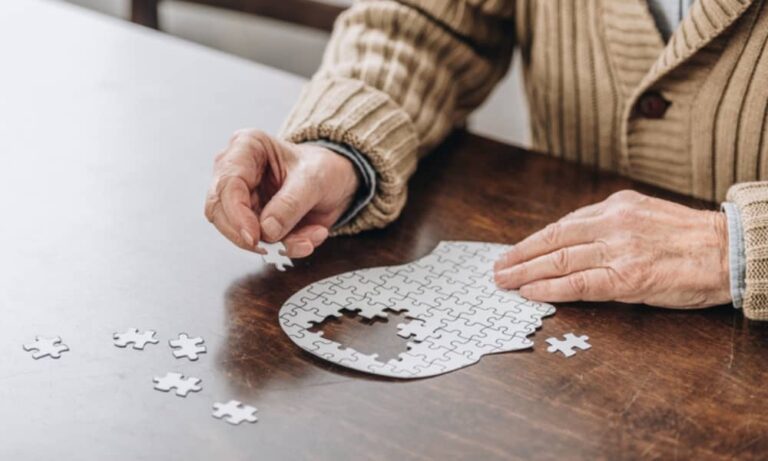Sisu originates from a Finnish root word which literally means ‘the guts’ or ‘innermost part’. Although there is no exact translation in English, it’s an active mindset, one of determination, grit, resilience, perseverance during hard times, and being ‘gutsy.’
Everybody has sisu; it’s not unique to Finns. With the world changing drastically in the past few years, chances are you’ve already drawn upon your own sisu, you just haven’t realised it.
Some experts think that doing so consistently could be the key to better mental health and wellbeing. Sisu has been interwoven into Finnish culture for over 500 years. Its use rose in prominence during ‘The Winter War’, when Finland was invaded by the Soviet Union in 1939, during an exceptionally cold winter, and held them off despite being significantly outnumbered. Many Finns credit their success to sisu. There is even a mountain in the Antarctic named Mount Sisu after two Finnish mountaineers, Veikka Gustafsson (the first Finn to climb Mount Everest) and Patrick Degerman, became the first people to climb it.
Emilia Elisabet Lahti is a Finnish researcher, social activist, and international presenter on topics including courage, sisu and positive psychology. She also conducted her PhD research on sisu. Lahti says, “[Sisu] is extraordinary determination and fortitude in the face of extreme adversity. “It’s something that we tap into, when we feel that we have come to the edge of our assumed or our preconceived capacities.”
Backed by science
And being ‘gutsy’ isn’t just an expression: there is growing science behind it which could explain its link to sisu.
In her book Gentle Power: A Revolution in How We Think, Lead, and Succeed Using the Finnish Art of Sisu, Lahti writes about recent research in gastroenterology that suggests that changing the balance of gut bacteria in mice could influence their brain chemistry and make them bolder and less anxious. Sisu is not something you can draw upon without practice: you need to train it over time, like a muscle. In 2018, Lahti channelled sisu to run and cycle the length of New Zealand – 2400km in 50 days – as part of her ‘Sisu not Silence’ campaign, raising awareness of domestic violence issues.
Lahti trained not only her body, but her sisu, too. One way was by embracing moments of discomfort, such as taking an ice-cold shower every morning for 30-90 seconds.“[Building sisu] is all of these little things we do when we’re not in that red zone, and when life isn’t so tough,” says Lahti.
“The initial reaction of the body [is to flinch], you don’t want to do it because it’s uncomfortable. And yet there’s nothing to actually be afraid of, but [taking cold showers] reminds me constantly to hardwire my patterns and my behaviour so that I don’t flinch.” If you’re not feeling brave enough for a cold shower, then aim to do one thing every day that pushes you beyond your mental or emotional comfort zone: whether that is signing up for a half-marathon, embarking on a new career, or confidently saying ‘no’ when someone oversteps your kindness.
Your inner Finn

Looking to Finnish culture could hold more secrets to developing our sisu and, ultimately, achieving better health outcomes.
It did for Katja Pantzar, a Canadian- raised, Helsinki-based writer. Pantzar’s books, Everyday Sisu and Finding Sisu , explore her journey of embracing the Nordic lifestyle – underpinned by the concept of sisu – and how it improved her life.
Adapting with the seasons has been key in Pantzar’s sisu journey, such as continuing to cycle and go cold-water swimming year-round, regardless of the weather. Alongside the well-documented health benefits of these activities, such as the release of endorphins and serotonin, this has helped build her mental resilience and courage; something needed when diving into the Baltic Sea in winter!
Pantzar says, “Winter [ocean] swimming is part of my quick-fix sisu toolkit. I leave my aches and pains and stress in the sea with a practice that’s quick, accessible and efficient. It only takes a few minutes to go for a dip, which resets my mind and body, but the benefits stay with me all day. On the days I don’t go for a dip, I don’t feel as alert or upbeat. It’s a resilience builder that helps me maintain my physical and mental wellbeing.
“Tapping into a sisu mindset has allowed me to shift from ‘I can’t’ to ‘How can I?’ and ‘I’ll try’. To maintain my mental and physical wellbeing, I continue taking small steps to move forward rather than giving up. That is sisu.” When Pantzar needs to draw on sisu, she has the courage in her toolkit. Like when she realised that she needed to set clearer boundaries with others and found the confidence to express her needs. Pantzar says, “One of my sisu accomplishments was the realisation that I didn’t need to accept phone calls from a verbally abusive individual whom I need to deal with on a semi-regular basis. Over time, I repeated my request that we communicate by text message or email instead of via phone calls.”
By texting, Pantzar found their conversations less stressful, which struck the balance of maintaining communication to resolve issues, while also supporting her own wellbeing at the same time.
But you don’t need to book the next flight to Helsinki to cultivate sisu. There are plenty of things you can do without leaving your home. One exercise that Lahti suggests is pinpointing life moments when you overcame something you never thought you could. Write them in a journal and look for patterns. What helped you overcome it? Was it a mindset change or a physical change? Recognise moments of sisu that you’ve already experienced and reflect on what you can learn from these.
Another technique is to write a list of anyone you’d like to mend a relationship with or apologise to, and why. Swallowing your pride and initiating tough conversations will be hard to begin with, but it will get easier as your sisu grows. Lahti says, “Like cold showers, the first time you do it, it’s horrible. Then it becomes part of the routine. The sphere of sisu grows; like a rubber band, we stretch it and it grows larger.”
Lahti isn’t the only one who thinks embracing discomfort is the key to building good sisu. Sahra O’Doherty is a Sydney-based psychologist and Director with the Australian Association of Psychologists Inc. “We tend to have a lack of tolerance for distress and for discomfort,” says O’Doherty.
“We’re always striving for happiness and for feeling pleasure … but when we are faced with uncomfortable situations, it stretches our growth.” Build sisu by noticing uncomfortable moments or conversations during your day and try to consciously remain in them longer than usual. O’Doherty says, “Obviously we don’t want to be staying in situations that could be harmful in any way. But for instance, if we are nervous about speaking to a cashier at a shop, and we’re worried about making eye contact or we’re worried about what we’re going to say, allowing ourselves not to just run away as soon as we’ve tapped our card, we can stop and smile and make eye contact even for a few seconds.
“And that might allow us to build up that courage and that confidence to do it again the next time.”
A balancing act
With the concept of sisu being around for five centuries, its context has naturally changed throughout history and there is a balance to be struck.
In 2019 Lahti undertook a study published in the International Journal of Wellbeing , in which she analysed more than 1,000 responses on the topic of sisu and its effects. The study found that too much sisu can result in elements like foolhardiness, extreme self-reliance, and disconnection.
According to both Lahti and O’Doherty, self-reflection is the key to maintaining balance with sisu. Lahti highlights what she refers to as ‘gentle power’, a softer and more constructive version of sisu.
It’s about being gentle with yourself, listening to your body and easing off if necessary, instead of pushing to the point of burnout and overexertion.
If things get too much, breathing exercises can help bring you to a calmer and more reflective mind frame. Lahti recommends ‘the box breath’ technique; inhale, hold, and then exhale for six seconds each, then repeat.
Having an ongoing daily sisu routine also helps, rather than expecting to draw upon it in sudden bursts.
With the World Happiness Report ranking Finland the No.1 happiest country in the world for the past five years in a row, perhaps it’s one small simple word that holds the secret to a joyful life: sisu.







